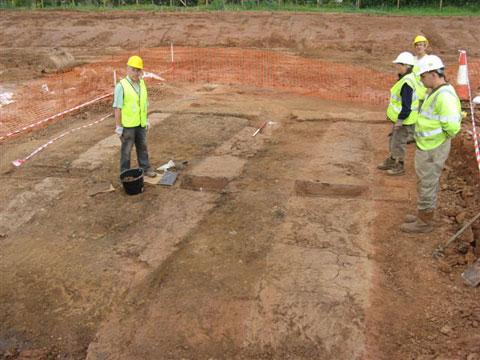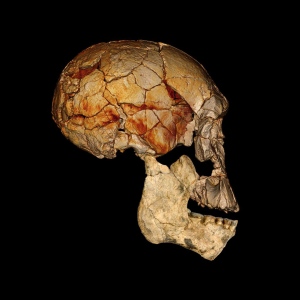The
annual expert exploration of Gorham’s Cave is well under way, but the
access to the potential World Heritage Site is an arduous daily trek for
the volunteers, as it was for the local media when they were invited to
see what was happening down there.
No
less than 350 steep and broken steps, with a rickety handrail, have to
be negotiated, followed by about 100 metres across the rockiest beach
imaginable – a ragged mix of boulders, smaller rocks, and fossilised
sand, with no clear path through, which now cover the former Governor’s
Beach, the rubble having been thrown there during tunnel excavations in
the last thirty years
Our Gibraltar Museum guide, Dr Geraldine Finlayson, told the half-heat-stricken press corps that we were lucky, as the volunteer archaeologists not only have to make the journey twice a day, but they also carry their food, water, equipment, and petrol for the generators down with them, and then lug sacks of samples back up. No wonder they opt to spend their lunch break down there in the shade of the cave’s massive entrance. In fact, all food is eaten outside to avoid contamination of the cave floor.
Our Gibraltar Museum guide, Dr Geraldine Finlayson, told the half-heat-stricken press corps that we were lucky, as the volunteer archaeologists not only have to make the journey twice a day, but they also carry their food, water, equipment, and petrol for the generators down with them, and then lug sacks of samples back up. No wonder they opt to spend their lunch break down there in the shade of the cave’s massive entrance. In fact, all food is eaten outside to avoid contamination of the cave floor.











